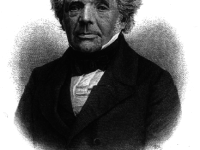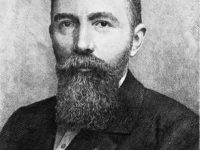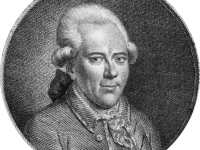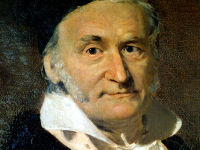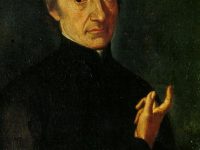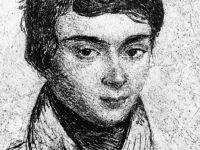August Ferdinand Möbius and the Beauty of Geometry
On November 17, 1790, German mathematician and astronomer August Ferdinand Möbius was born. He is best known for his discovery of the Möbius strip, a non-orientable two-dimensional surface with only one side when embedded in three-dimensional Euclidean space. August Ferdinand Möbius – Family Background and Education August Möbius’ father Johann Heinrich Möbius was a dance teacher in Schulpforta, near Naumburg on the Saale River in the German state of Saxony-Anhalt. He died…
Read more

